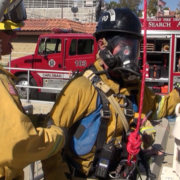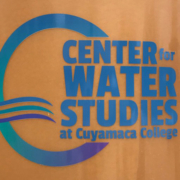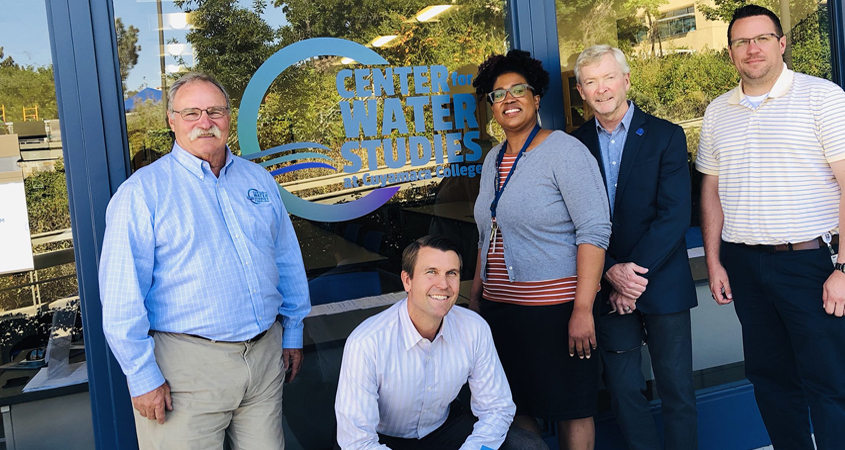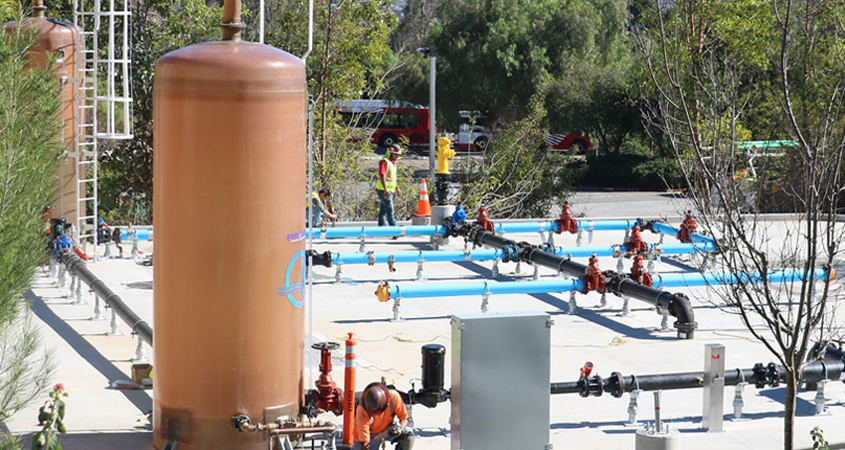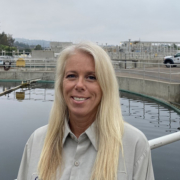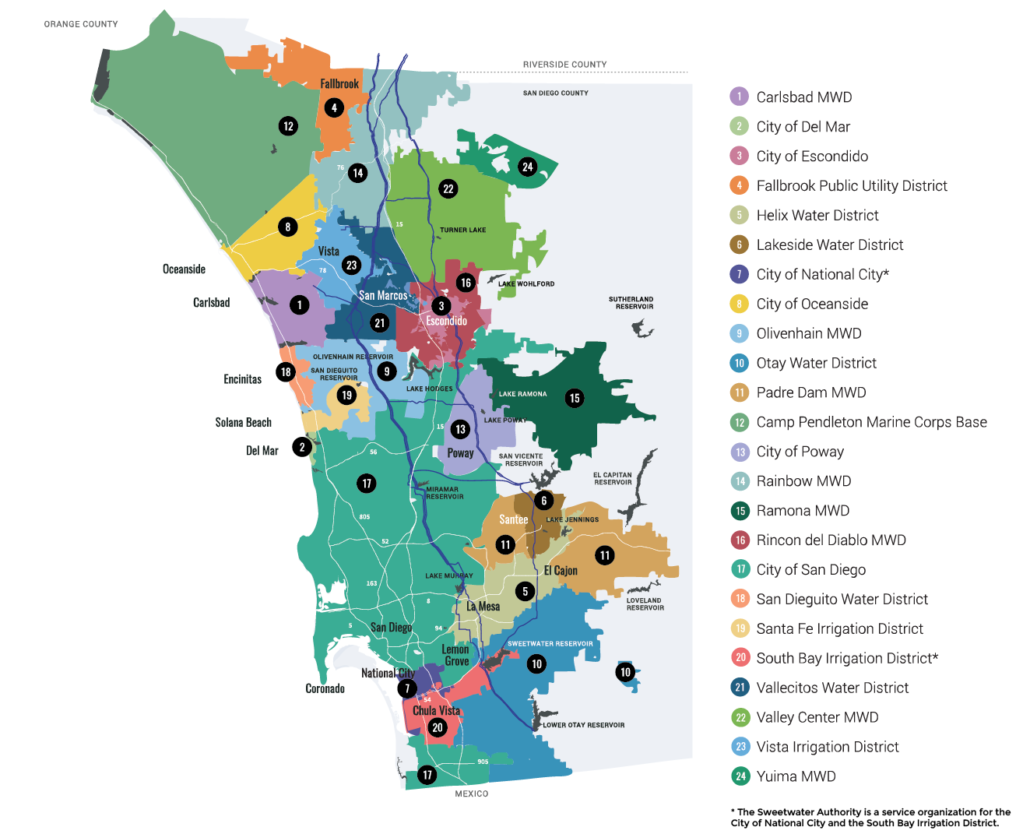Vallecitos Water District Recognized for Best Safety Practices
Vallecitos Water District was among 16 California water agencies honored by the Association of California Water Agencies Joint Powers Insurance Authority with the H.R. LaBounty Safety Award.
Vallecitos won its award for its Confined Space Rescue Training coordinated with several regional fire agencies in November 2019.
Vallecitos Water District wanted to heighten safety awareness and improve procedures in its confined space entry and rescue during real-world situations. It took on a high level of coordination to bring in fire department personnel to conduct 12 days of joint training.
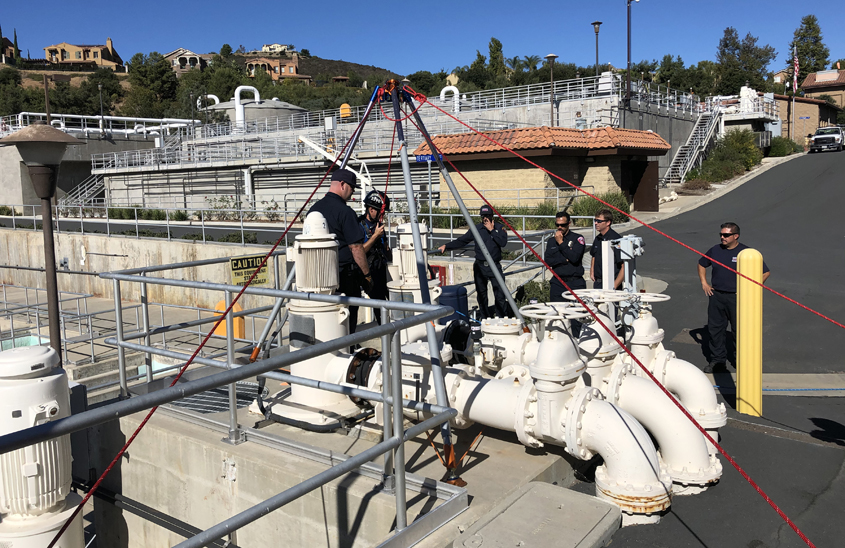
Firefighters are briefed on scene at the Meadowlark Reclamation Facility as part of confined space training drills conducted with the Vallecitos Water District. Photo: Vallecitos Water District
As a result of training, personnel were able to reduce potential hazards conducting entry into confined spaces, perform personnel rescues, and better manage hazardous materials present (gaseous chlorine).
“Because of our program, Vallecitos Water District and fire department personnel were able to increase interoperability and familiarity of each others’ technical rescue equipment,” said Trisha Woolslayer, risk management supervisor.
Safety award promotes safe water workplace practices
Wastewater Treatment Plant Supervisor Dawn McDougle, Senior Wastewater Treatment Plant Operator Matt Wiese, Wastewater Treatment Plant Operators II Chris Deering, Ivan Murguia, Arturo Sanchez, and Marc Smith, Safety Technician Anette Longville, and Public Information Officer Alicia Yerman were recognized for their roles in organizing and conducting the training. All 13 members of the Vallecitos Water District Wastewater Collection System Crew participated in the training.
Fire department crews participating were from the cities of Carlsbad, San Marcos, Del Mar, Vista, Escondido, Oceanside, Encinitas, Solana Beach, Rancho Santa Fe, Valley Center, and crews from North County Fire (Fallbrook), San Pasqual, Rincon, and Camp Pendleton.
The H.R. LaBounty Safety Award Program is designed for all JPIA members as a way to promote safe workplace behavior and operations practices while rewarding those employees who demonstrate safe behavior, take part in recognizable proactive activities, or participate in risk-reducing actions. It gives members another way to foster a safety culture that reduces the potential for losses.
The Ramona Municipal Water District and the Sweetwater Authority were also recognized among state water agencies for their safety initiatives.

